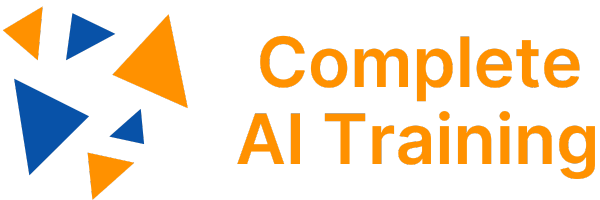How to Enhance Communication in Your Organization: The Role of AI
Communication: The Backbone of Success
In an age where distractions abound and information travels faster than ever, effective communication has become a pressing necessity in the business world. As illustrated through Sarah's experience, assuming understanding can lead to disastrous results. When Sarah laid out the project plan, she expected that everyone grasped the details and would execute flawlessly. However, the truth revealed itself weeks later when the project was far from completion. This story serves as a reminder that communication is more than merely conveying messages—it’s about ensuring those messages are understood and can be acted upon effectively.
Understanding in a Complex World
Today’s work environment comprises diverse teams operating across various platforms. This complexity often leads to misinterpretations despite our best efforts to clarify objectives. Just because you've communicated a task doesn’t mean it resonates with everyone; clarifying expectations and confirming understanding is paramount.
“True understanding requires repetition, clarification, and engagement.”
This continuous loop of communication fosters a culture of transparency, where employees feel engaged and responsible for their contributions. They are more likely to ask questions, seek clarification, and provide feedback—all essential elements for a thriving workplace. By encouraging dialogue, organizations can create an environment where ideas flow freely and tasks are completed accurately and on time.
Enhancing Communication Through AI
But how can we enhance communication processes further in an organization? Enter Artificial Intelligence. AI has the potential to revolutionize the way we engage with information and each other. It can streamline communication processes, ensuring that vital messages are delivered promptly and understood by all. Here are some ways AI can enhance communication and overall business processes:
Automating Repetitive Tasks
Every project involves a multitude of repetitive tasks like scheduling meetings, sending reminders, or distributing documents. AI can alleviate the burden of these mundane tasks, allowing employees to focus on more critical and creative aspects of their work. AI-driven tools can keep track of project models, deadlines, and even send out reminders in advance, ensuring clarity and reducing the likelihood of missing crucial steps.
Real-Time Feedback Mechanisms
Another substantial benefit of AI lies in its ability to provide real-time feedback. Automated chatbots can be used in various departments, such as Human Resources or Customer Support, to address inquiries instantly. This not only enhances communication flow but also empowers employees to access the information they need, driving efficiency forward. When team members can obtain answers without delay, they can get back to their tasks more quickly, leading to improved project timelines and outcomes.
Data-Driven Insights for Better Understanding
Moreover, AI can analyze communication patterns within organizations. By examining this data, leaders can identify areas where communication tends to falter and make necessary adjustments. Perhaps a team struggles to comprehend project objectives due to the use of technical jargon. With AI analyses, managers can refine their messaging to ensure clarity. This data-driven approach positions organizations to adapt and lead in the continuously evolving business landscape.
Training Employees in the Age of AI
To harness the full potential of these technologies, organizations must prioritize training for their employees. By investing in comprehensive AI training programs, businesses empower their teams with the knowledge needed to navigate and leverage AI tools effectively. This not only enhances productivity but also fosters a culture of continuous learning and adaptability.
Training programs can equip employees with the skills to interpret data insights gleaned from AI tools, enabling them to communicate more effectively. A team that's familiar with AI tools is more likely to engage deeply with their tasks, apply feedback optimally, and understand organizational goals at a granular level. Ultimately, an educated workforce is more likely to facilitate clearer, more impactful communication.
Conclusion: The Path Forward
As we continue to evolve in a fast-paced business environment, dedicating time and effort to improve communication is essential. With AI amplifying our efforts, we can achieve a higher standard of clarity, trust, and collaboration. So let’s strive for continuous improvement, not just in processes but in how we communicate. As we become better listeners and clearer speakers, we pave the way for true organizational success.
For those interested in empowering their workforce with AI skills, explore available training programs to equip your teams for the future. The journey to enhanced communication is not just about technology; it’s about cultivating understanding and engagement across every level of an organization.



